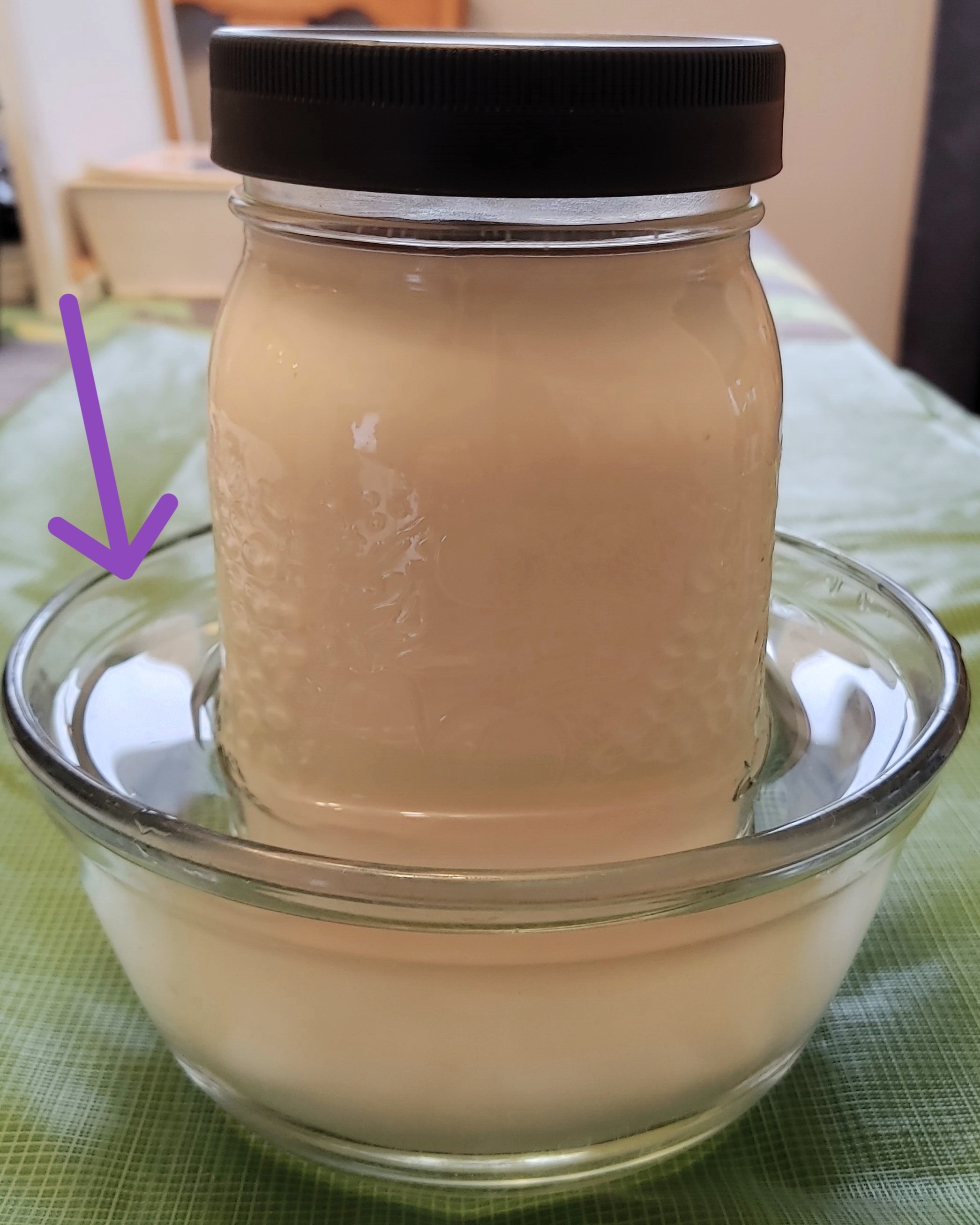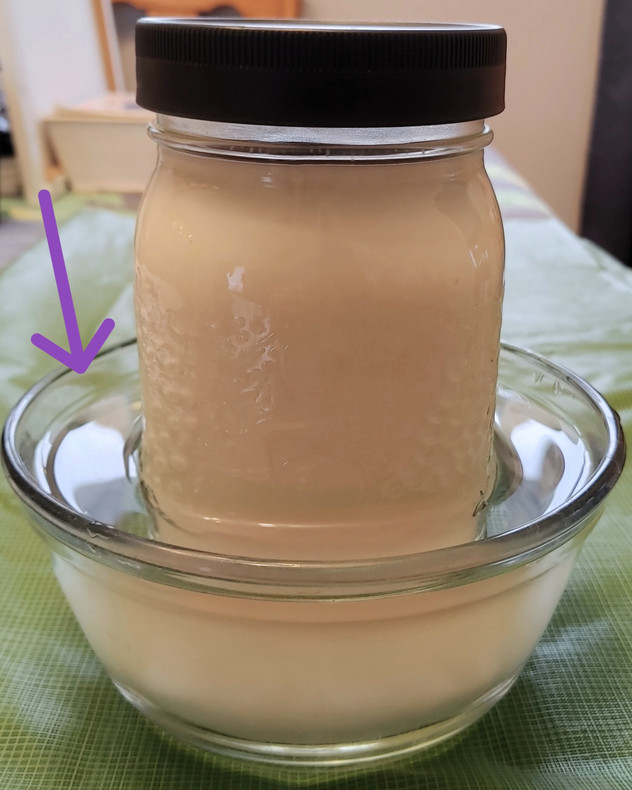

Fermentation is affected by seasonal temperatures. The warmer the weather, the faster and stronger the fermentation, and vice versa.
During the winter, fermentation tends to be slower and less fizzy than in the summer.
This applies to foods that ferment at room temperature, like kefir, kefir soda, fermented vegetables, sourdough, and kvass.
It's important to keep in mind that the first batch, irrespective of the season, takes longer to mature, and often results in a light fermentation, which means a mild tang and only a slight fizz. This is particularly true during the winter season. Subsequent batches will ferment faster and stronger, especially if placed in warm spots. The microorganisms in the starter take several batches to fully kick into gear, and much like us, they prefer a warm and cozy environment. (If you're feeling a bit chilly, chances are the microorganisms are too.)
In winter, adjust your expectations: Look for pleasantly tangy and subtly effervescent taste, not necessarily a visual fizz.
Your batch shouldn't taste spoiled.
You will find information on how to assess whether your batch is ready on each of our product pages and in their respective FAQ sections. (See kefir, kefir soda, fermented vegetables)
Tips:
- Place your jar in a nicely warm spot; it doesn't have to be in the kitchen. If you choose the top of a working appliance, such as a Sous Vide, an oven, or the fridge, you may need a placemat between the appliance and the jar to avoid overheating the bottom of the jar. (For Kefir Soda, don't forget to gently open your bottle often to release pressure.)
- Let your jar ferment for a little longer, if needed, preferably in a nicely warm spot. Open it from time to time to check (but not too often, except for Kefir Soda bottles who do need to be gently opened often to release pressure). You will find information on how to determine whether your batch is ready on each of our product pages and in their respective FAQ sections. (See kefir, kefir soda, fermented vegetables)
- A pleasantly warm "water bath" is another option. Just place your jar in a container filled with warm water (not hot). See pictures above. You will need to change the water once it has cooled down, and you'll probably need to repeat this several times. (For Kefir Soda, don't forget to gently open your bottle often to release pressure.)
The ultimate test would be to use some of your resulting batch to culture your next batch. (This doesn't apply to fermented vegetables). If the weather is still cold, you now know what to expect.
Experiment a little to find what works for you. Use our instructions as a general guideline and tweak them as needed. You'll find the instructions on each product page. (See kefir, kefir soda, fermented vegetables)

